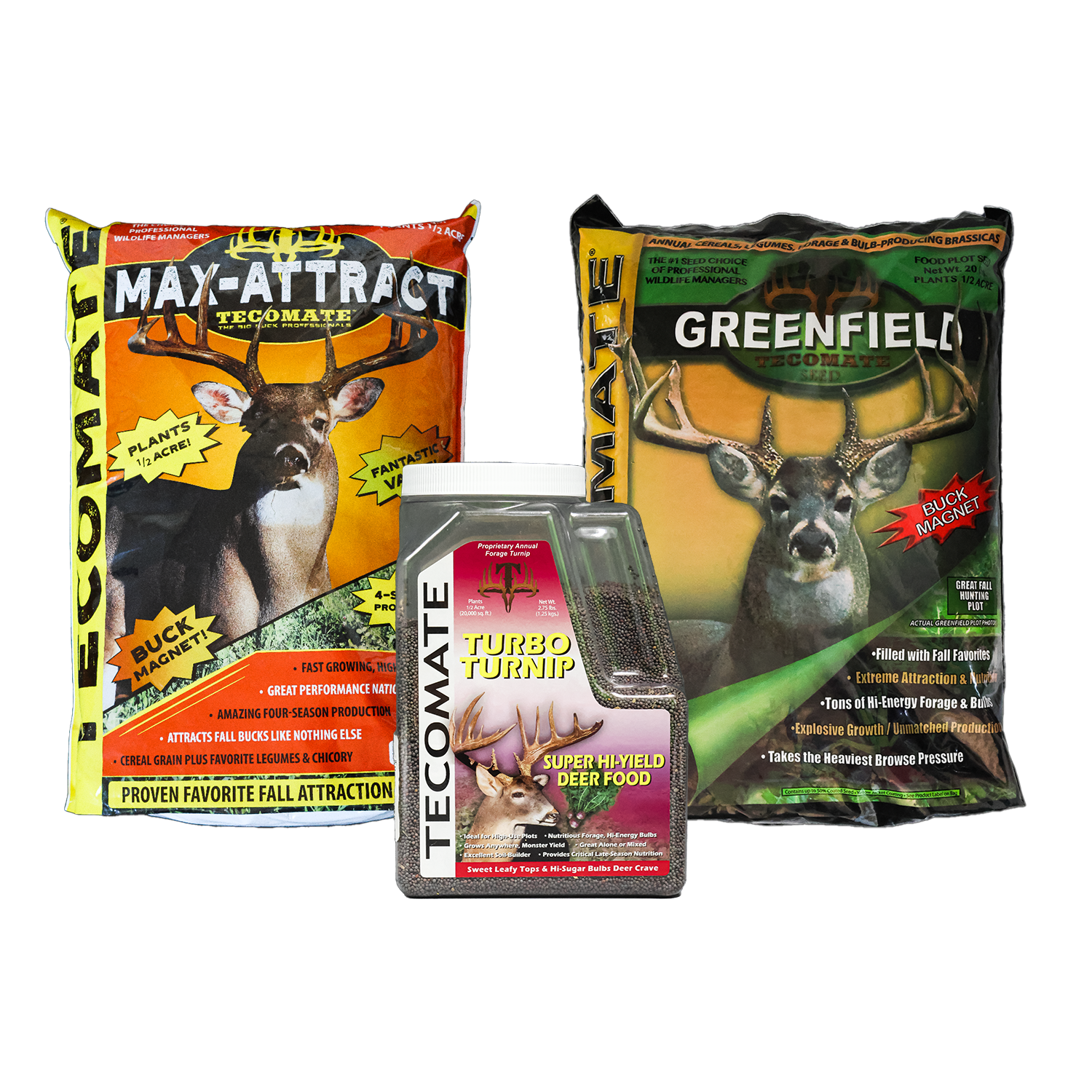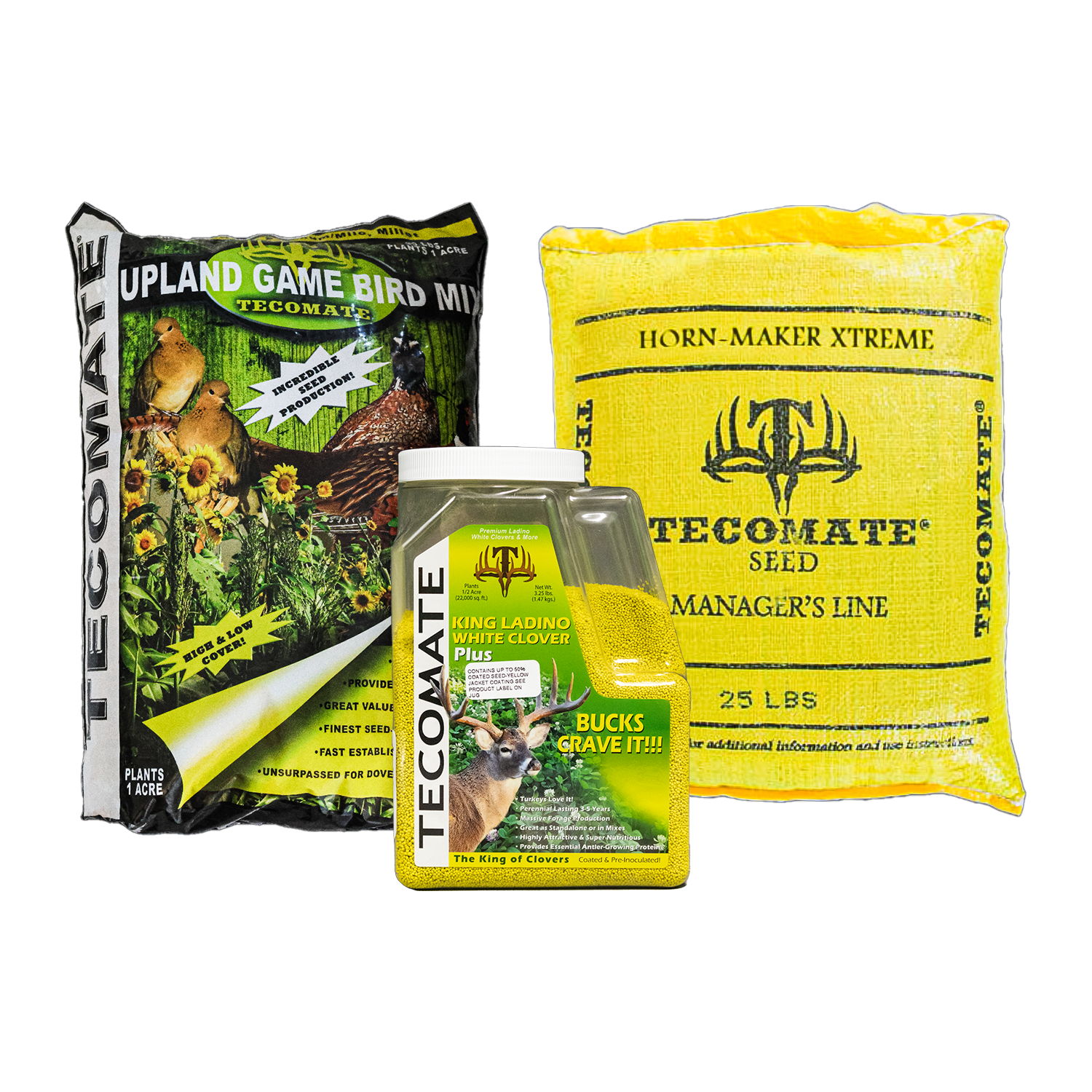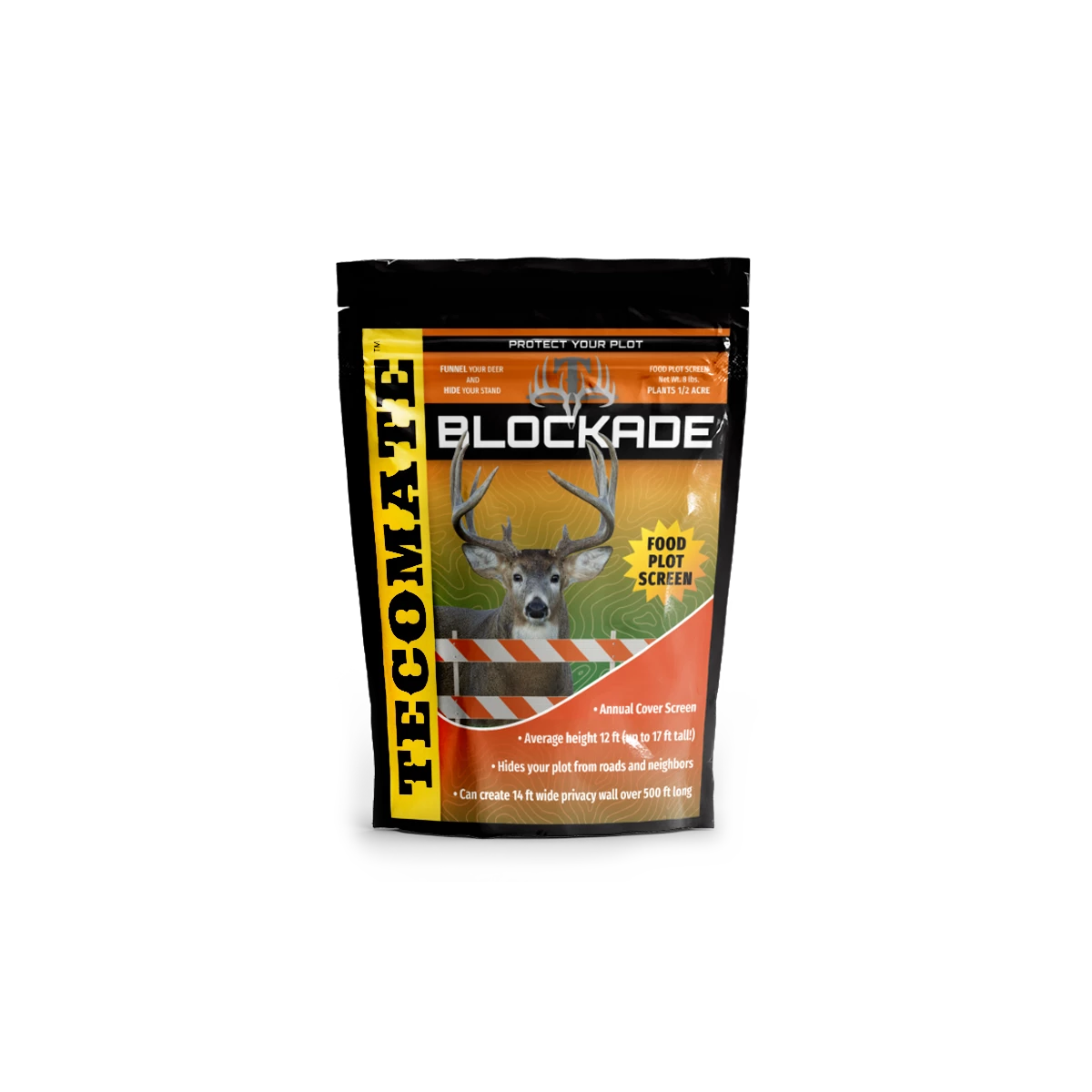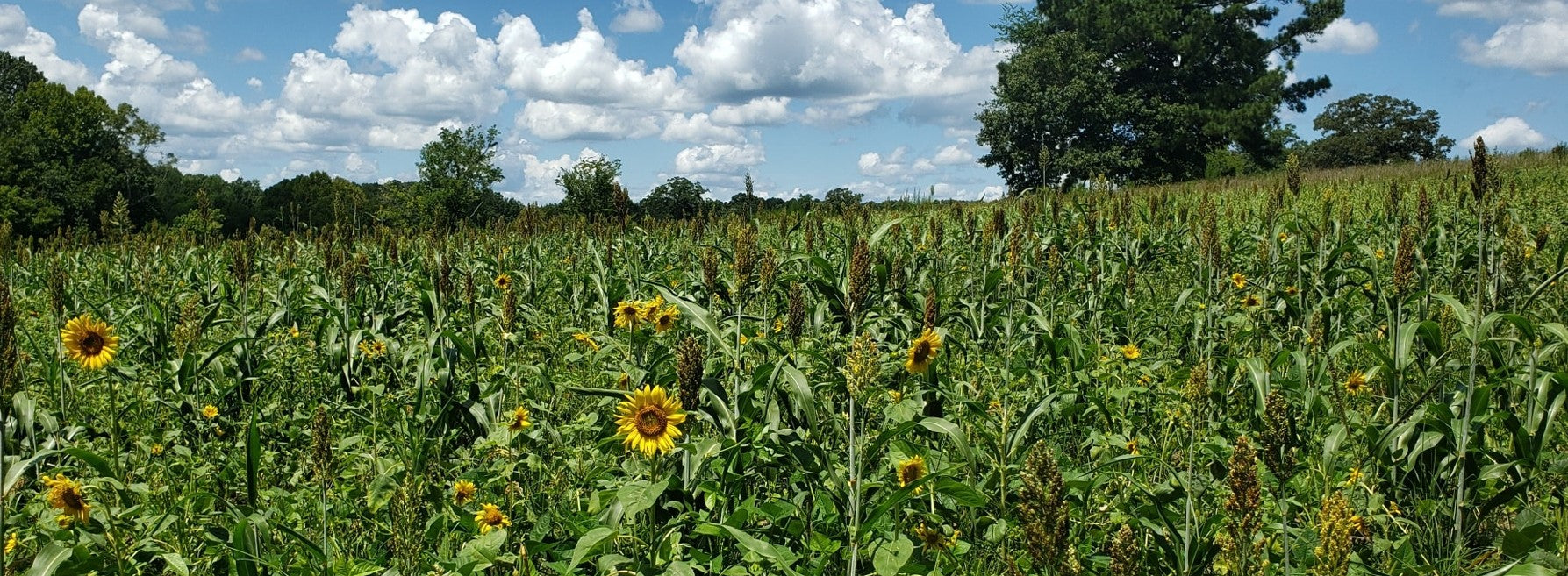Deer Stocking and the TTT Program - Part I
Deer Stocking History
Around 1900, the white-tailed deer population in the U.S. reached an all-time low at less than 500,000 animals. In fact, deer were essentially extinct in many states and existed only in very remote areas of other states. As a result, most states closed the hunting season. Deer populations however, were slow to rebuild on their own.
In order to augment this natural rebuilding process, several states began actively stocking live-captured wild deer from areas of excess. These captured deer were then transported to areas of good habitat where no or few deer existed and released. Funds became available to states specifically for stocking deer with the passage of the Pittman-Robertson Wildlife Restoration Act in 1937. This Act extended the 10 percent excise tax on guns and ammo and directed these funds pay for stocking programs among other things.
At least 29 different states stocked deer during the decades that followed. Surprisingly, 25 of these states obtained at least some of the deer from sources outside their own state. Texas was one of the few states that did not receive any out-of-state deer. However, more deer were stocked from Texas than any other state. Texas shipped deer to Alabama, Arkansas, Florida, Georgia, Louisiana, and Oklahoma. In addition, more than 30,000 Texas whitetails went to more than 500 sites within Texas.
One of the most popular deer trap sites in Texas was the 825,000-acre King Ranch. Historically, deer have been very lightly hunted on this private ranch, providing one of the few locations in the state where deer populations were near the carrying capacity of the habitat. Beginning in the 1940’s, deer were trapped from the Norias Division of King Ranch using baited walk-in box traps. Deer trapping for stocking purposes continued on a seasonal basis into the early 1970’s. As a result, King Ranch deer have not only been released throughout most of Texas, they have also been released in several other southeastern states.
Thanks to stocking efforts, managers and biologists were able to establish whitetails back to their original range. In fact, the combination of regulated hunting and stocking has resulted in more deer today than likely existed when European settlers first arrived on the east coast. The return of whitetails is one of the greatest success stories in all of wildlife conservation.
Present Day Deer Stocking Programs
The Texas Parks and Wildlife Department (TPWD) created a deer-stocking program available to private landowners that allows for the stocking of deer from one ranch to another. This Trap, Transport, and Translocate (TTT) program has resulted in increased stockings of wild deer during the past decade. According to TPWD, the number of TTT permits has increased from around 40 in 2004 to more than 75 during 2007. At the same time, the number of deer trapped and translocated annually has increased from around 1,700 animals to more than 4,500 animals.
As a result of the TTT program, deer are now stocked for a variety of reasons, including: (1) to augment low-density populations; (2) to reduce densities where too many deer exist; and (3) to improve perceived deficiencies, such as antler and body size. A majority of TTT stockings take place during March. The adult does are obviously pregnant at this time, so the owner of the ranch where the deer are released is receiving not only the does but their unborn fawns as well, of which roughly half will be bucks.
Most bucks are also stocked during March. Bucks at this time are replenishing energy reserves lost during the rut and may be more likely to remain on the release area as a result. During March, the native bucks at the release area have either shed their antlers or will do so soon, better allowing the stocked bucks to integrate into the social structure of the native deer population.
A Need for Research
Surprisingly, despite the increased popularity of the TTT program, the increased number of permits issued, and the increased number of deer translocated, very little research has ever been conducted to measure the effectiveness of these TTT releases. Until recently, there were no published studies to answer the following crucial questions: (1) how well do translocated deer survive; (2) does transport distance effect survival; (3) do dramatic differences in habitat or climate between the trap and release areas effect survival; (4) how does the stress of the stocking process effect body condition and antler growth of bucks; (5) if deer are stocked onto a low-fenced ranch, how many of the deer remain on that ranch after release; (6) if deer are stocked onto a high-fenced ranch, are any able to escape the high fence; (7) how many deer need to be stocked to insure enough survival so that future offspring are produced; and (8) what genetic impact do these stocked deer contribute to future generations of deer at the release site.
As a result of this need for research, two graduate students at the Caesar Kleberg Wildlife Research Institute at Texas A&M University-Kingsville combined efforts to monitor the success of two different deer translocations. Drs. David Hewitt and Randy DeYoung supervised the studies. The private ranches that received the deer provided most of the funding.
The Two Studies
Graduate student Brent Pierce monitored the translocation of 15 adult does and seven adult bucks. These deer were trapped during March 2005 by helicopter and net gun from a private ranch in Webb County. The deer were transported 150 miles via trailer the same day of capture and released onto a 5,000-acre partially high-fenced private ranch in Calhoun County. All deer were fitted with radio-transmitting collars prior to their release so that movements and survival could be monitored. All bucks were measured to determine gross Boone and Crockett Club (BCC) score before their antlers were removed. The deer were then monitored, using standard telemetry, once per month for 12 months. Three bucks were recaptured during December 2005 to obtain BCC measures of their new set of antlers and to adjust the collars.
Graduate student Aaron Foley monitored the translocation of 29 adult bucks during the second study. These bucks were live captured during March 2007 using a helicopter and net gun from a private ranch in Kleberg County. All bucks were fitted with radio-transmitting collars and measured to determine gross BCC score before their antlers were removed. The bucks were transported the same day as the capture to another area of the same ranch 20 to 30 miles away and released onto a 4,000-acre low-fenced pasture. These bucks were also monitored monthly for 12 months using standard telemetry.
Four bucks were recaptured during October 2007 to obtain BCC measurers of their new set of antlers and to measure body condition. Two additional stocked bucks were later harvested and measured to determine gross BCC scores. These scores were then compared to the antler sizes of these same bucks when they were initially captured. Body condition measures were compared to the same measures on 15 native bucks live captured from the same area at the same time.
Join me next week for Part II of this series, when I discuss the survival rates and how deer stocking has worked on low fence vs. high fence ranches.
Posted by Dr. Mickey W. Hellickson











Leave a comment